Home>Ideas and Tips>Smart Outdoor Camera: License Plate Recognition Security Feature


Ideas and Tips
Smart Outdoor Camera: License Plate Recognition Security Feature
Published: September 4, 2024
Enhance your property's security with smart outdoor cameras featuring real-time license plate recognition. Discover how LPR technology boosts safety and efficiency.
(Many of the links in this article redirect to a specific reviewed product. Your purchase of these products through affiliate links helps to generate commission for Storables.com, at no extra cost. Learn more)
In today's world, security is a top priority for both residential and commercial properties. One of the most effective ways to enhance security is through the use of smart outdoor cameras equipped with advanced features such as license plate recognition (LPR). This technology not only helps in identifying vehicles but also provides valuable insights into traffic patterns and potential security threats. In this article, we will delve into the world of smart outdoor cameras, focusing on their ability to recognize license plates in real-time, and explore how this feature can significantly improve your property's security.
License plate recognition (LPR) is a technology that uses cameras to capture images of vehicle license plates and then processes this information to identify the vehicle. This technology has been widely used in various applications such as traffic monitoring, parking management, and security surveillance. The primary goal of LPR is to automate the process of reading license plates, which can be time-consuming and prone to human error when done manually.
How LPR Works
The process of LPR involves several steps:
- Image Capture: A camera captures an image of the vehicle's license plate.
- Image Processing: The captured image is processed using algorithms to enhance its quality and remove any noise or distortion.
- Character Recognition: The processed image is then analyzed to recognize the characters on the license plate.
- Database Matching: The recognized characters are matched against a database to identify the vehicle.
Advantages of LPR
- Efficiency: LPR systems can process multiple images simultaneously, making them much faster than manual methods.
- Accuracy: Advanced algorithms used in LPR systems can achieve high accuracy rates, reducing errors.
- Scalability: LPR systems can be integrated with existing security infrastructure, making them scalable for large-scale applications.
- Cost-Effectiveness: While the initial setup cost may be higher, LPR systems can reduce operational costs in the long run by automating tasks.
Smart outdoor cameras equipped with LPR capabilities are designed to provide real-time monitoring and security enhancements. These cameras typically come with advanced features such as night vision, motion detection, and weather resistance, making them ideal for outdoor use.
Key Components of Smart Outdoor Cameras
- Camera Angle and Positioning: The angle at which the camera is positioned can significantly affect its ability to capture clear images of license plates. Ideally, the camera should be positioned at an angle that minimizes glare and ensures that the license plate is fully visible.
- Object Speed and Distance: The speed at which vehicles are moving and their distance from the camera also impact image quality. Faster-moving vehicles may result in blurry images, while vehicles at a greater distance may be too small to capture clearly.
- Camera Resolution: High-resolution cameras are essential for capturing detailed images of license plates. A minimum resolution of 1080p is recommended for clear image capture.
- Night Vision: Many smart outdoor cameras come with infrared or night vision capabilities, which allow them to capture images in low-light conditions.
Optimal Camera Configurations
To maximize the effectiveness of LPR systems using smart outdoor cameras, several factors need to be considered:
- Camera Angle: The optimal camera angle should be between 30° to 60° relative to the road surface. This angle ensures that the license plate is not obscured by other objects or glare.
- Object Speed: Vehicles moving at speeds below 30 mph (48 km/h) generally provide clearer images for LPR systems.
- Camera-to-Object Distance: The ideal distance between the camera and the vehicle should be between 10 to 30 feet (3 to 9 meters). This range ensures that the license plate is large enough to capture clearly without being too small.
Real-Time LPR Systems Using Raspberry Pi
Recent studies have explored the feasibility of implementing real-time LPR systems using single-board computers like the Raspberry Pi 4. These systems leverage the affordability and efficiency of Raspberry Pi technology to provide cost-effective solutions for LPR applications.
A study published in Technologies in 2025 evaluated the factors shaping real-time LPR using single-board computer technology. The study highlighted that optimal camera configurations in terms of angle, object speed, and distance significantly affect the effectiveness of real-time LPR systems. The results provided pragmatic recommendations for enhancing web camera configurations in practical implementations, thereby facilitating more dependable, cost-effective, and efficient real-time LPR technology.
Read more: What Screwdriver For License Plate
Practical Implementation of Smart Outdoor Cameras with LPR
Implementing smart outdoor cameras with LPR capabilities involves several steps:
- Hardware Selection: Choose a high-resolution camera with night vision capabilities and weather resistance.
- Software Configuration: Install LPR software that can process images in real-time and match them against a database.
- Database Setup: Create or integrate with an existing database containing vehicle information.
- Power Supply: Ensure a reliable power supply, such as solar power or a battery backup, to keep the camera operational even during power outages.
- Installation: Mount the camera at an optimal angle and position it in a secure location.
Example Scenario
Consider a residential property that wants to enhance its security by installing smart outdoor cameras with LPR capabilities. Here’s how they might proceed:
- Hardware Selection: Choose a high-resolution camera with night vision and weather resistance.
- Installation: Mount the camera at an angle that minimizes glare and ensures clear visibility of license plates.
- Software Configuration: Install LPR software that can process images in real-time and match them against a database containing known vehicles.
- Database Setup: Create or integrate with an existing database containing information about known vehicles.
- Power Supply: Ensure a reliable power supply using solar panels or a battery backup.
Real-World Applications
Smart outdoor cameras equipped with LPR capabilities have numerous real-world applications:
- Traffic Monitoring: LPR systems can help monitor traffic flow and identify vehicles that are speeding or violating traffic rules.
- Parking Management: LPR systems can automate parking lot management by tracking vehicle entry and exit times, reducing congestion, and improving parking efficiency.
- Security Surveillance: LPR systems can enhance security by identifying suspicious vehicles and alerting authorities in real-time.
Challenges and Limitations
While smart outdoor cameras with LPR capabilities offer numerous benefits, there are several challenges and limitations to consider:
- Image Quality: Poor image quality due to factors like glare, shadows, or low resolution can significantly reduce the accuracy of LPR systems.
- Weather Conditions: Inclement weather such as heavy rain, snow, or extreme temperatures can affect camera performance.
- Data Privacy: The collection and storage of vehicle data raise privacy concerns that need to be addressed through robust data protection policies.
- Maintenance: Regular maintenance is crucial to ensure that cameras remain operational and continue to capture high-quality images.
Smart outdoor cameras equipped with license plate recognition capabilities represent a significant advancement in security technology. By optimizing camera configurations and leveraging advanced algorithms, these systems can provide real-time monitoring and enhance security features for both residential and commercial properties. While there are challenges associated with implementing these systems, the benefits they offer make them an invaluable tool in today's security landscape.
In conclusion, integrating smart outdoor cameras with LPR capabilities is a practical and effective way to enhance property security. By understanding the optimal camera configurations, addressing potential challenges, and implementing these systems correctly, property owners can enjoy enhanced security and peace of mind.
References: Netinant, P.; Phonsawang, S.; Rukhiran, M. Evaluating Factors Shaping Real-Time Internet-of-Things-Based License Plate Recognition Using Single-Board Computer Technology. Technologies 2024, 12(7), 98. https://doi.org/10.3390/technologies12070098 How to Use OpenCV With Tesseract for Real-Time Text Detection. Encord Blog. 2025-12-19. https://encord.com/blog/realtime-text-recognition-with-tesseract-using-opencv/ PPE Detection Using Computer Vision for Workplace Safety. Encord Blog. 2025-07-16. https://encord.com/blog/ppe-detection-using-computer-vision/
Was this page helpful?
At Storables.com, we guarantee accurate and reliable information. Our content, validated by Expert Board Contributors, is crafted following stringent Editorial Policies. We're committed to providing you with well-researched, expert-backed insights for all your informational needs.
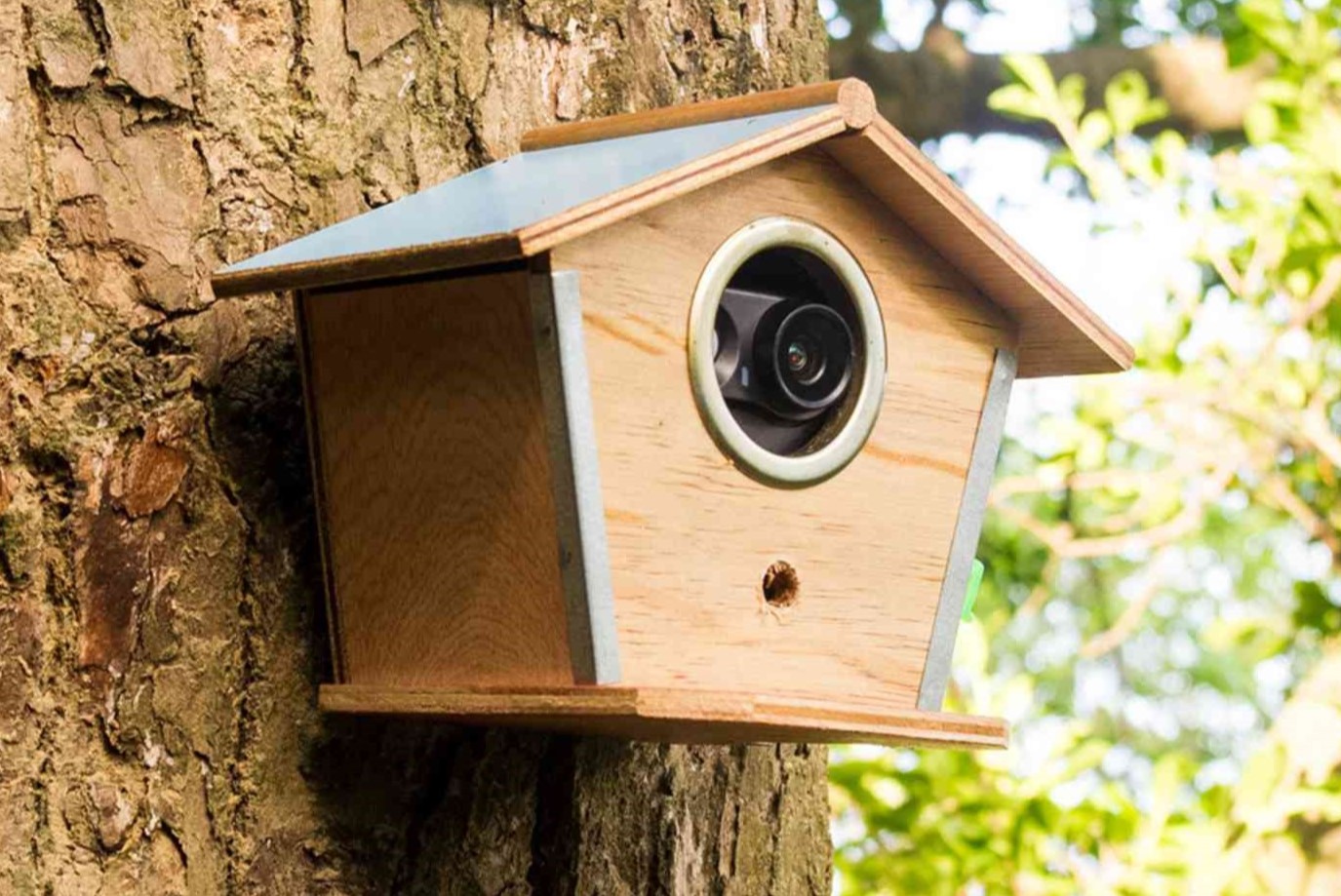
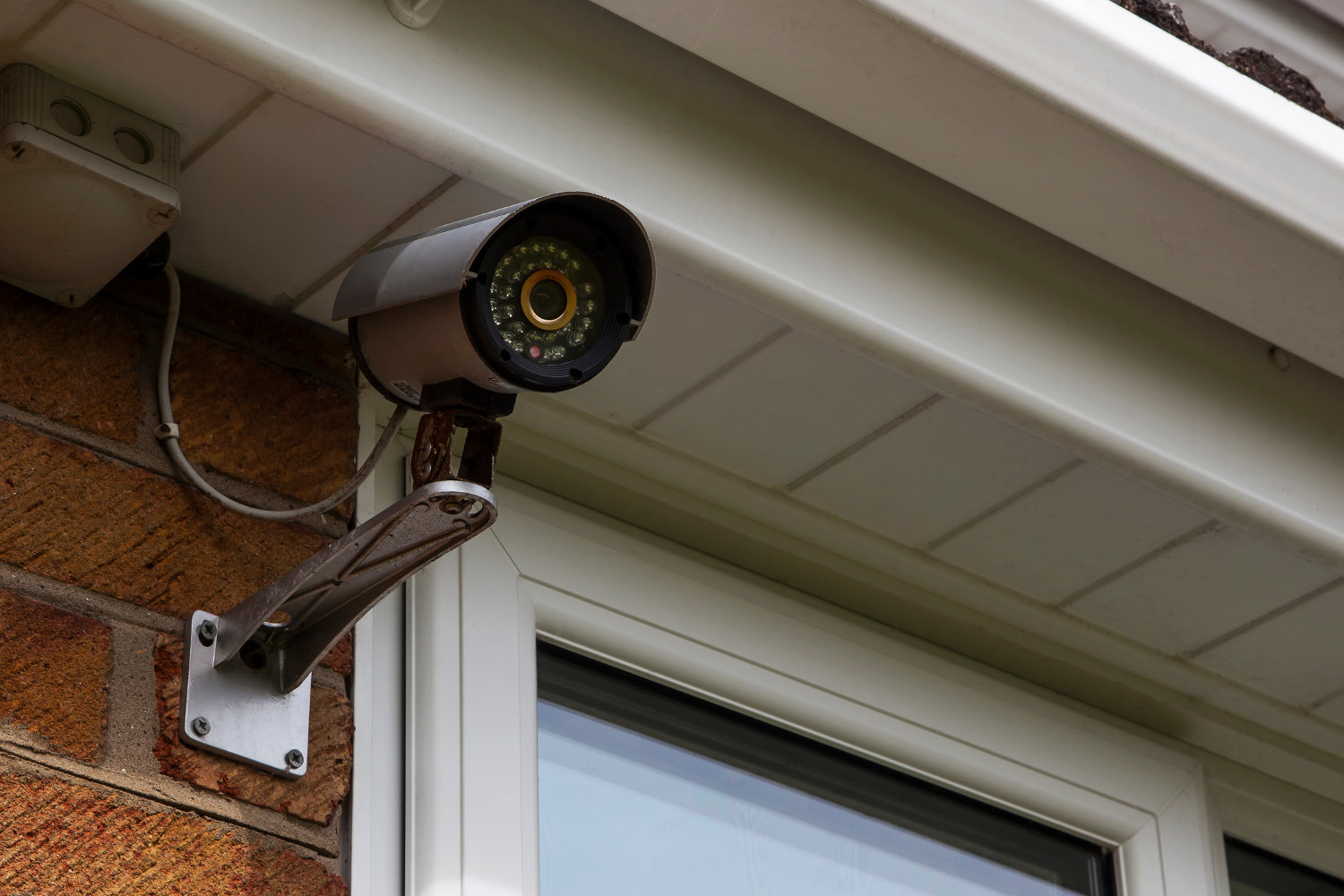
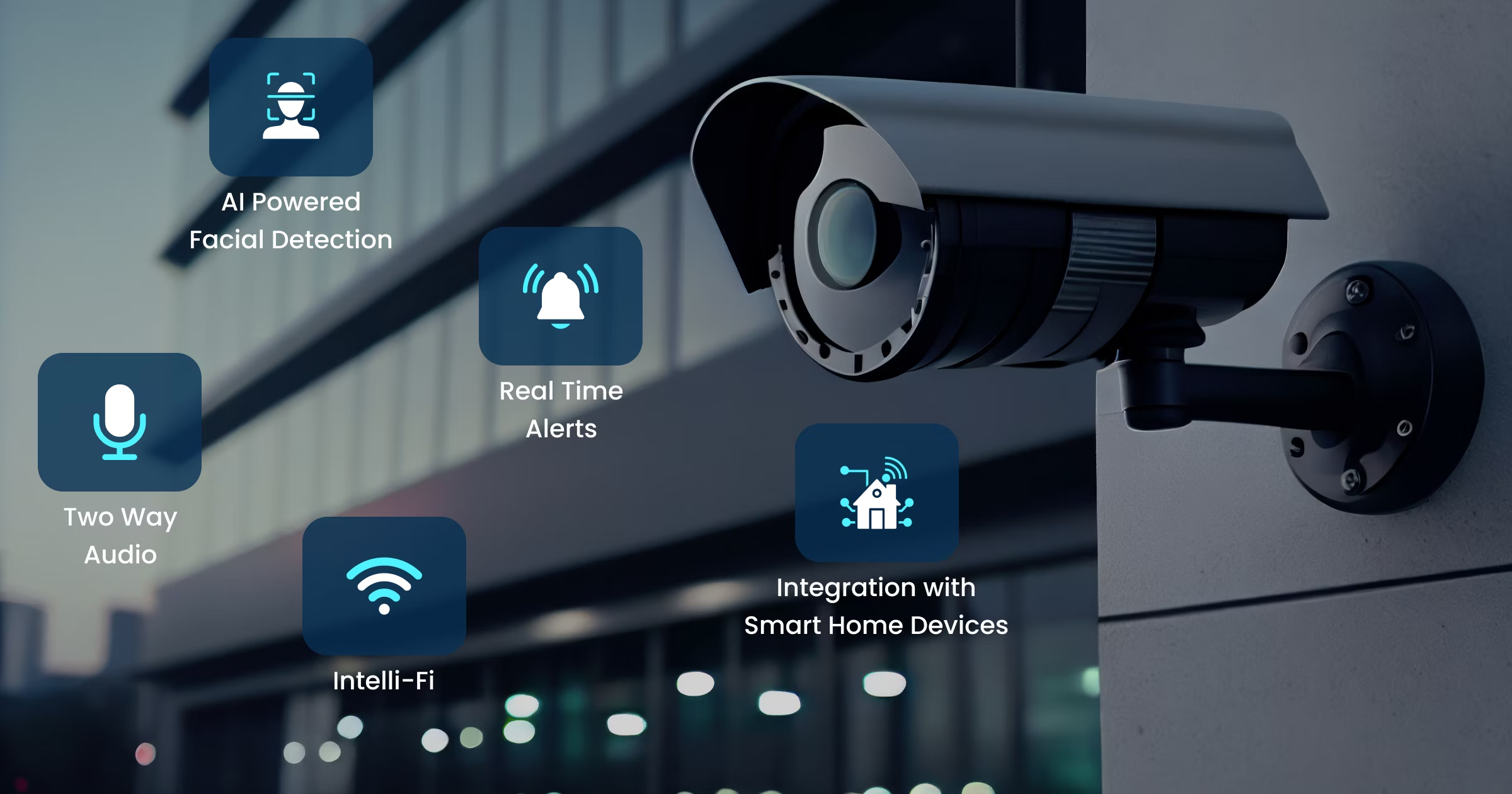
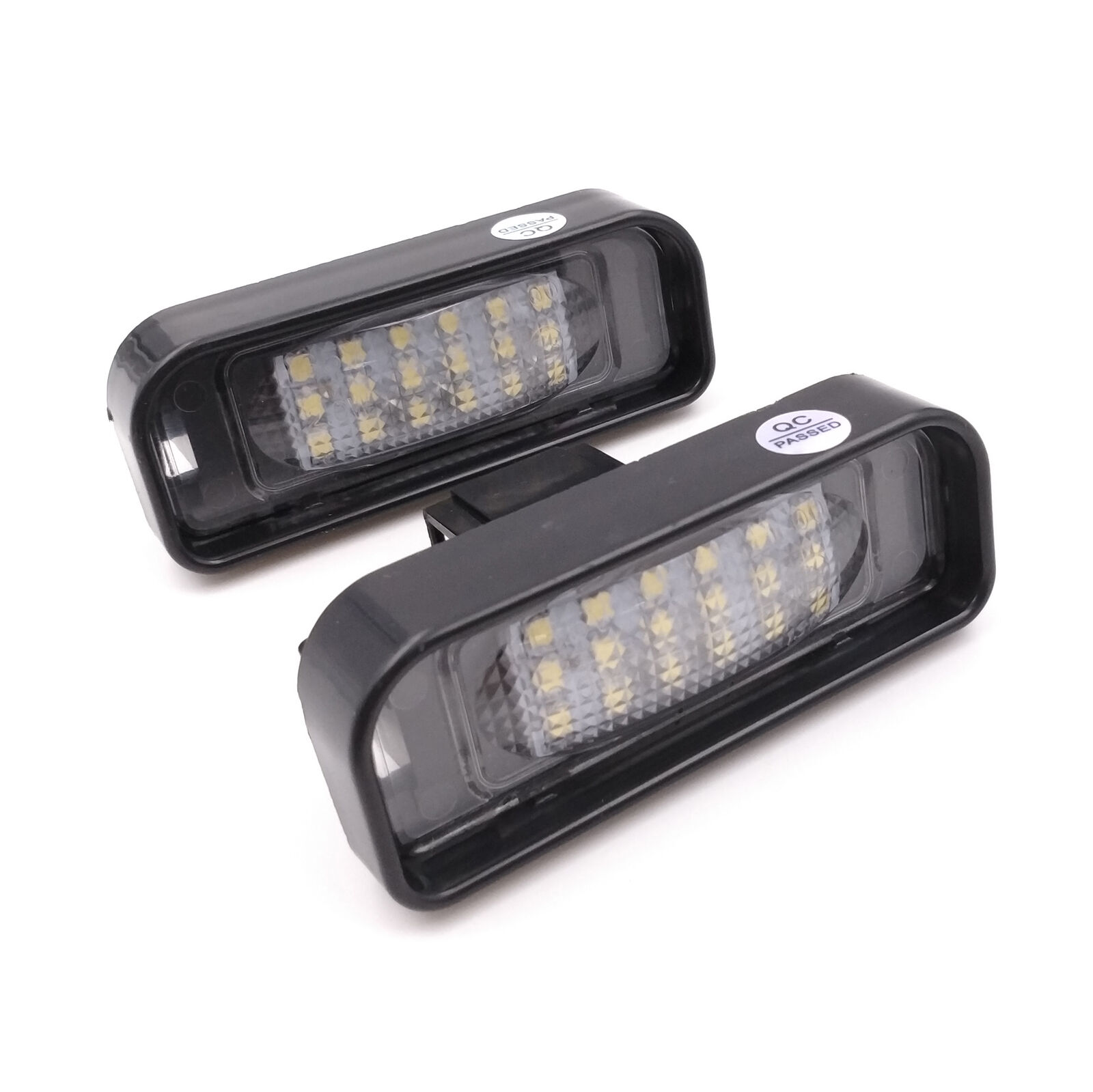
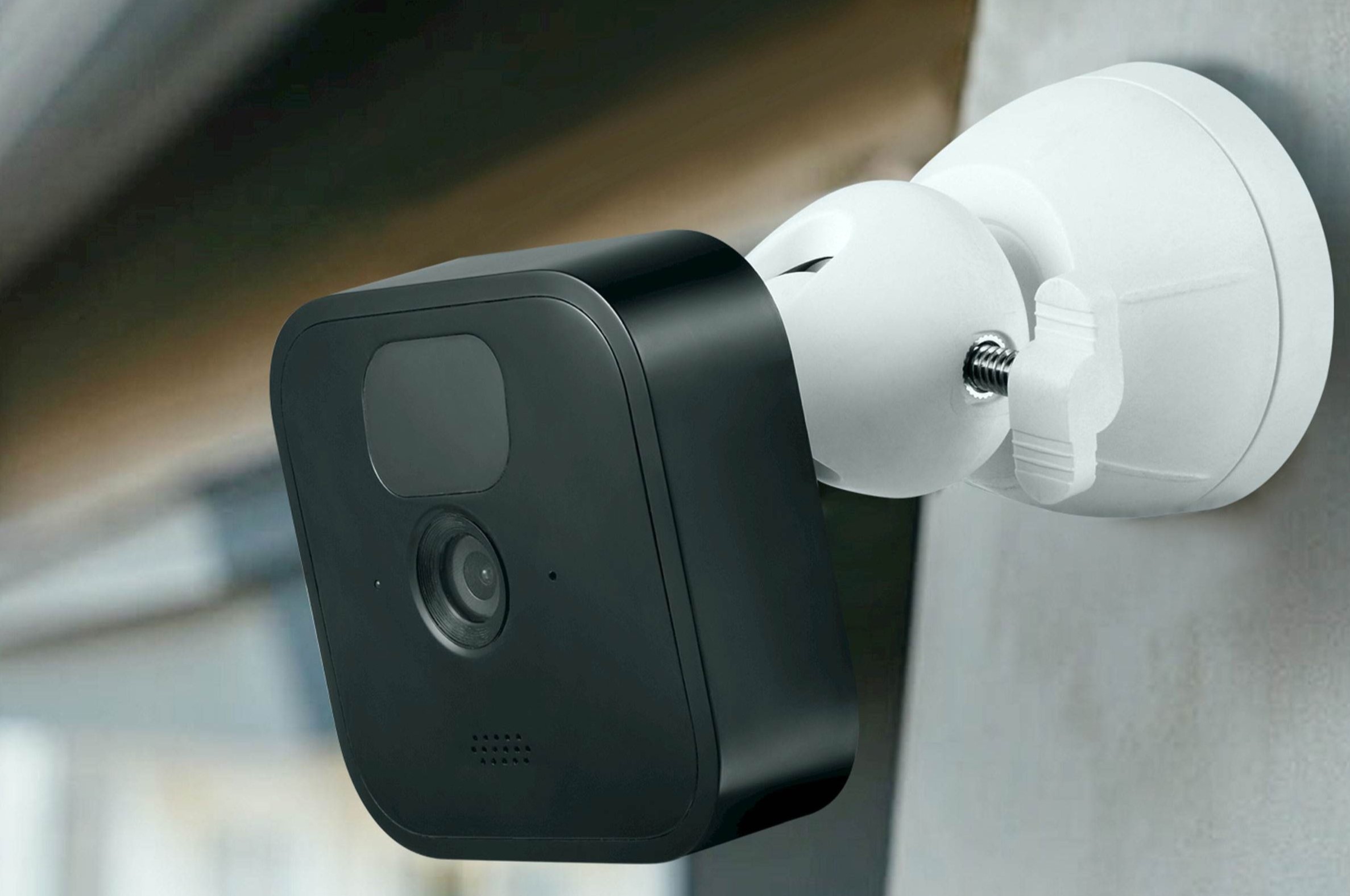
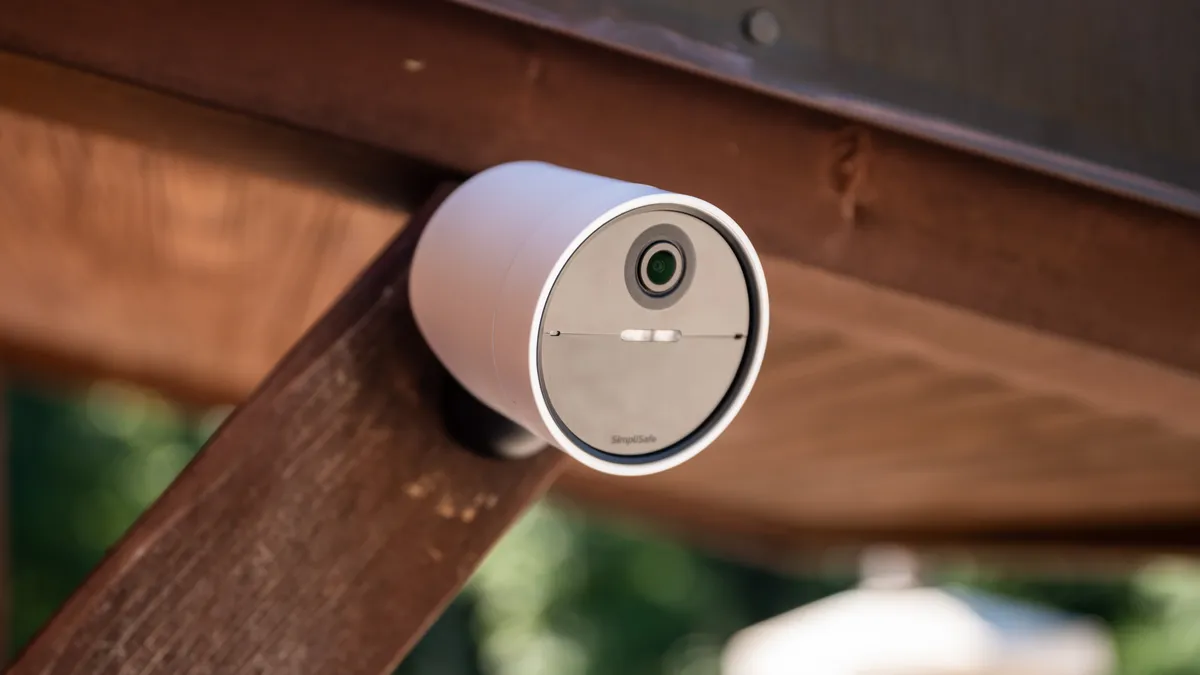
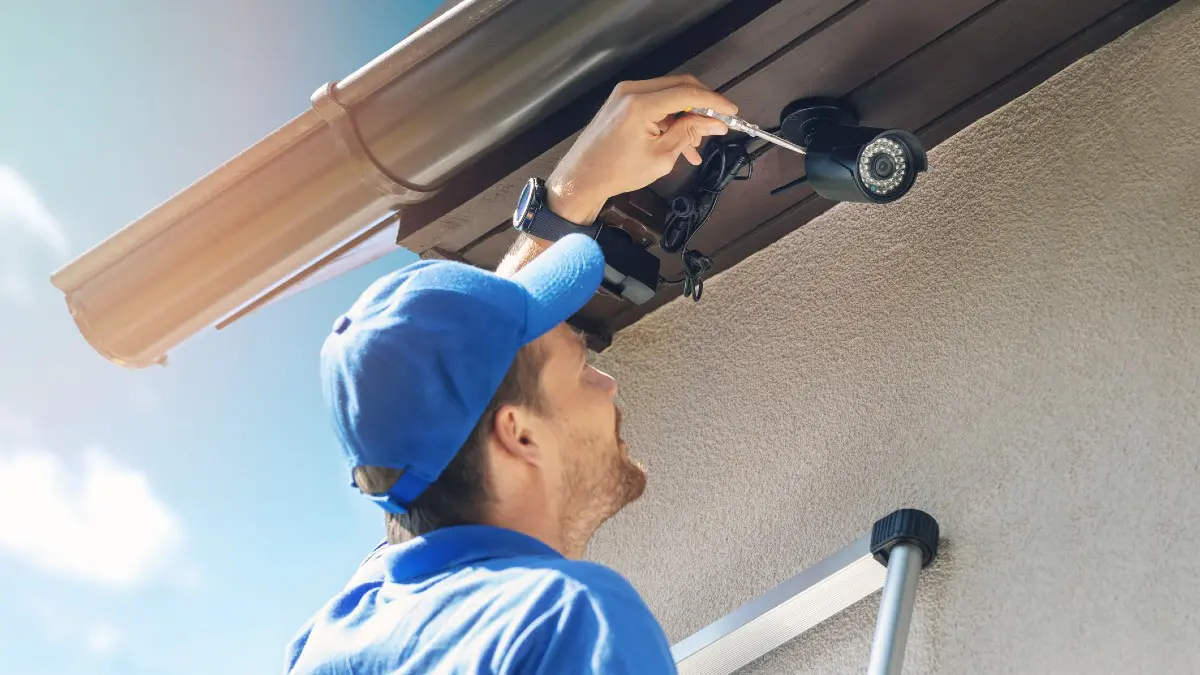
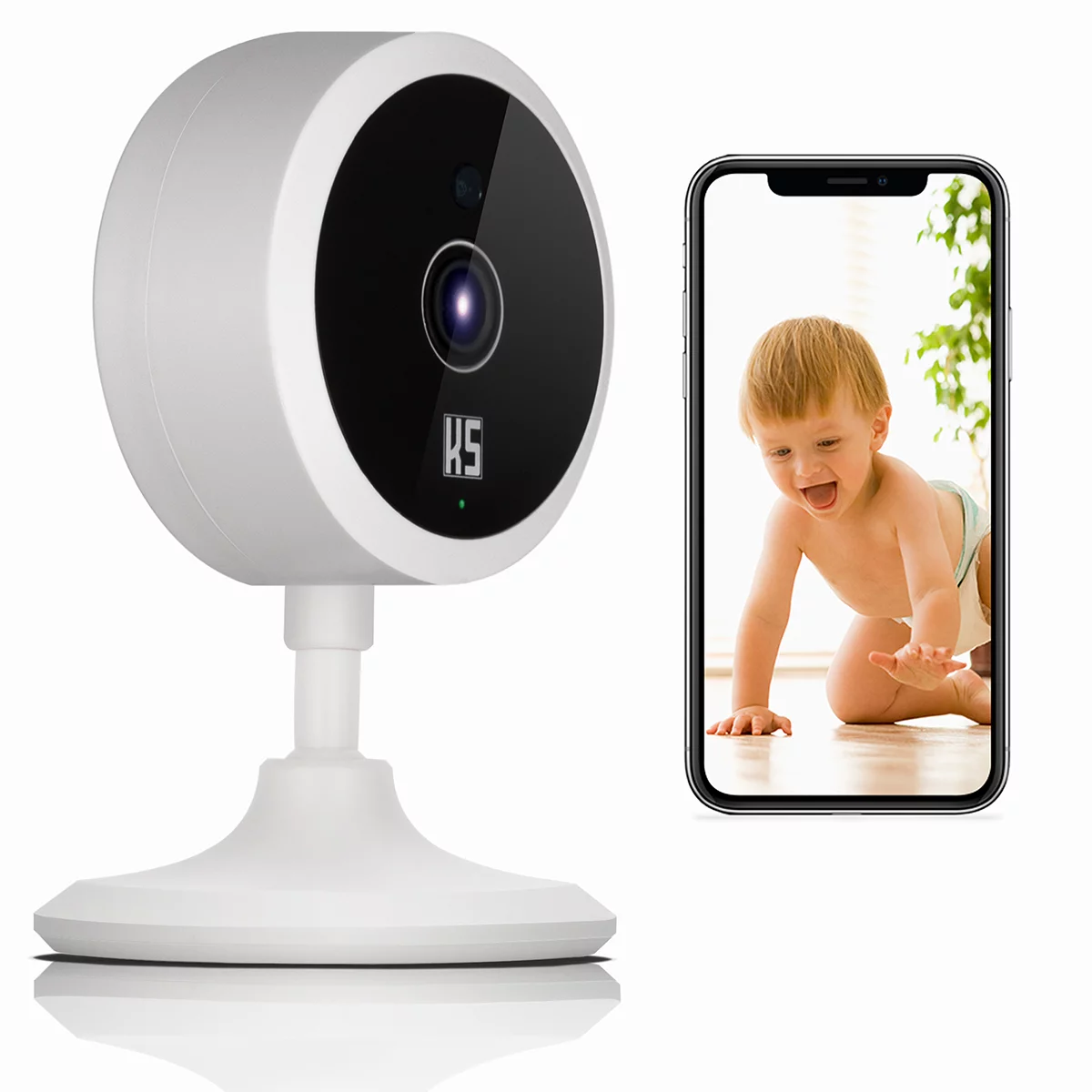

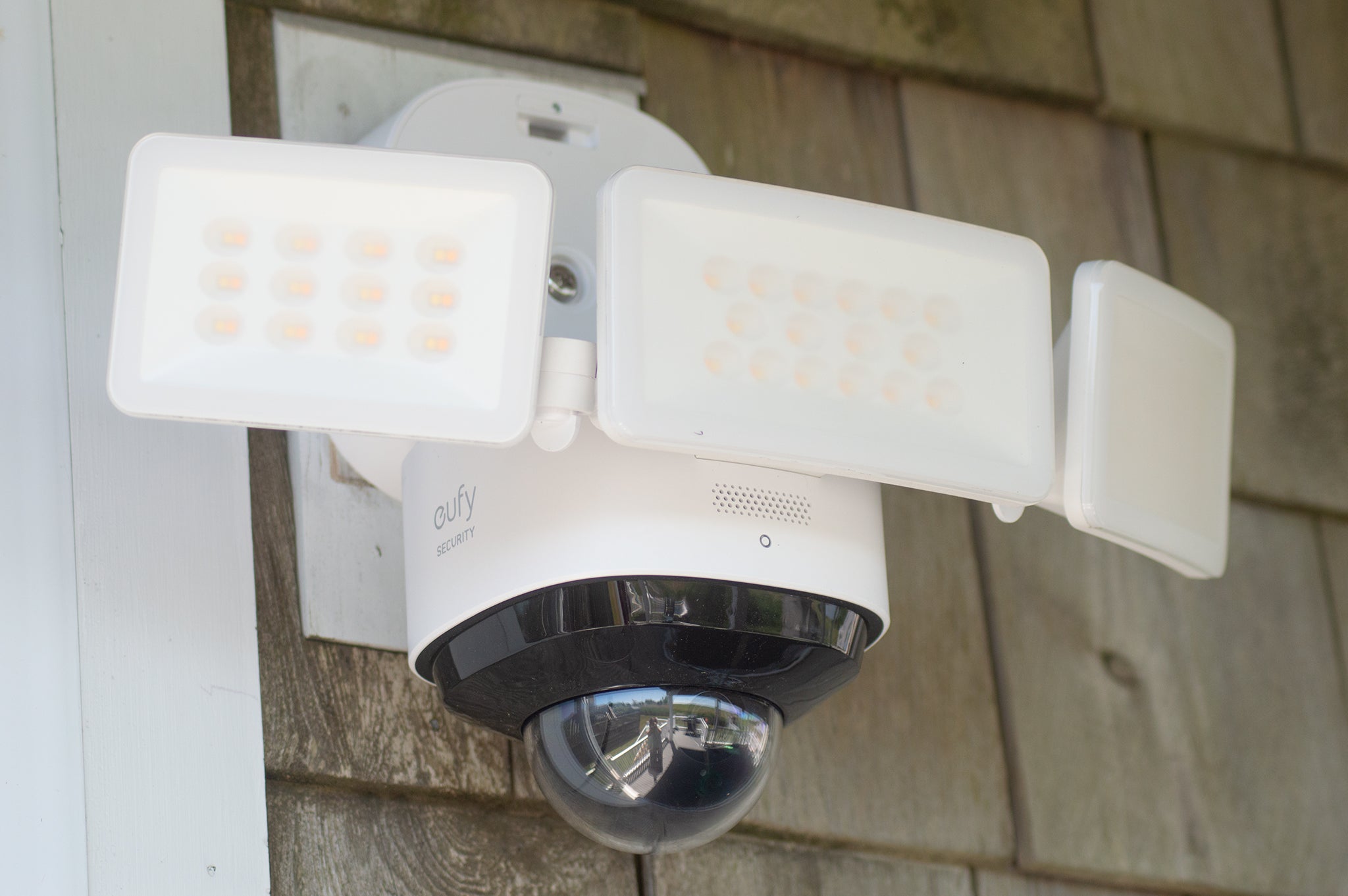
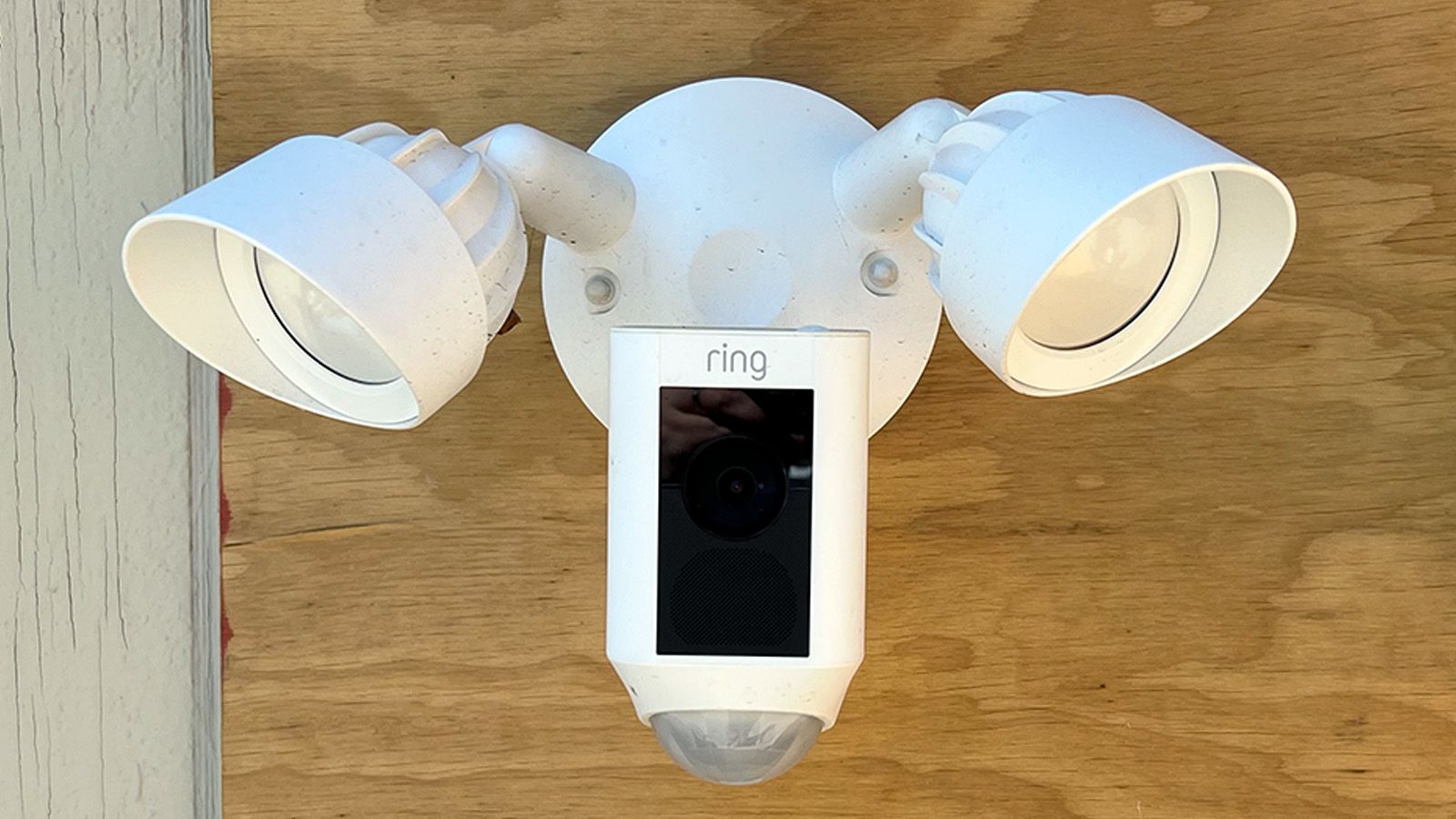
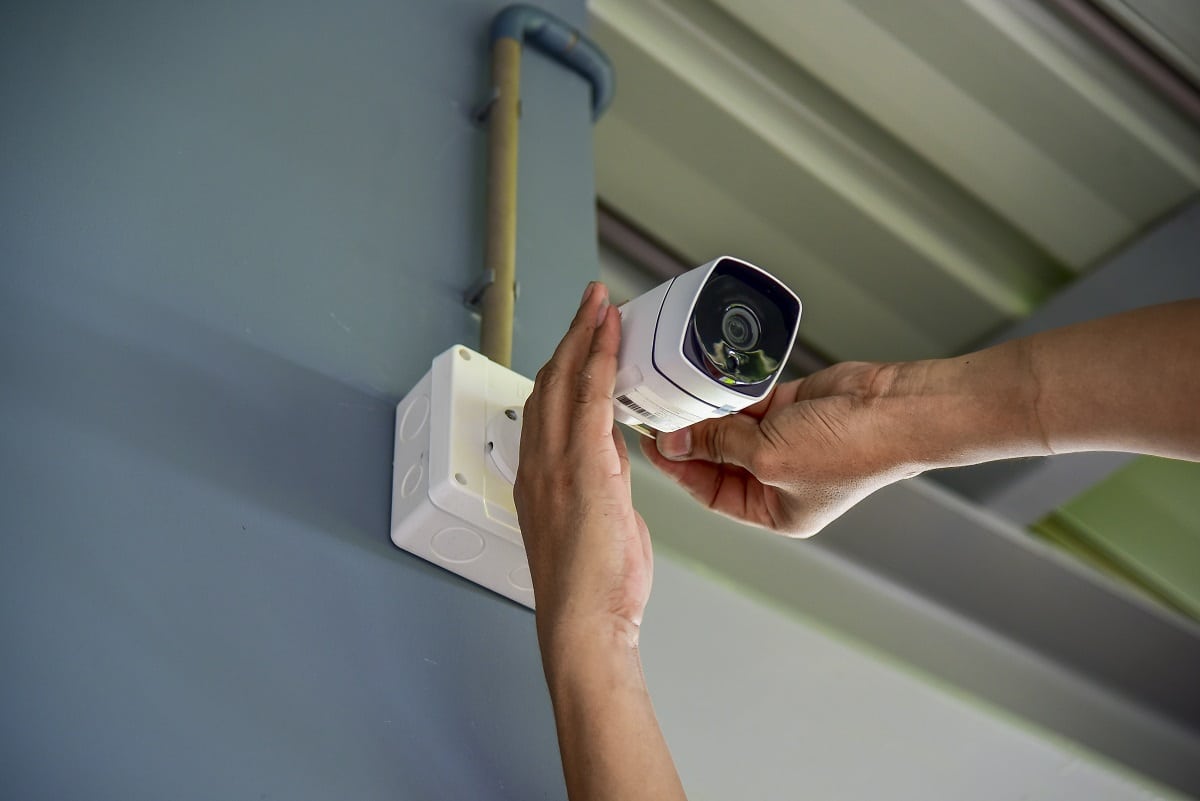
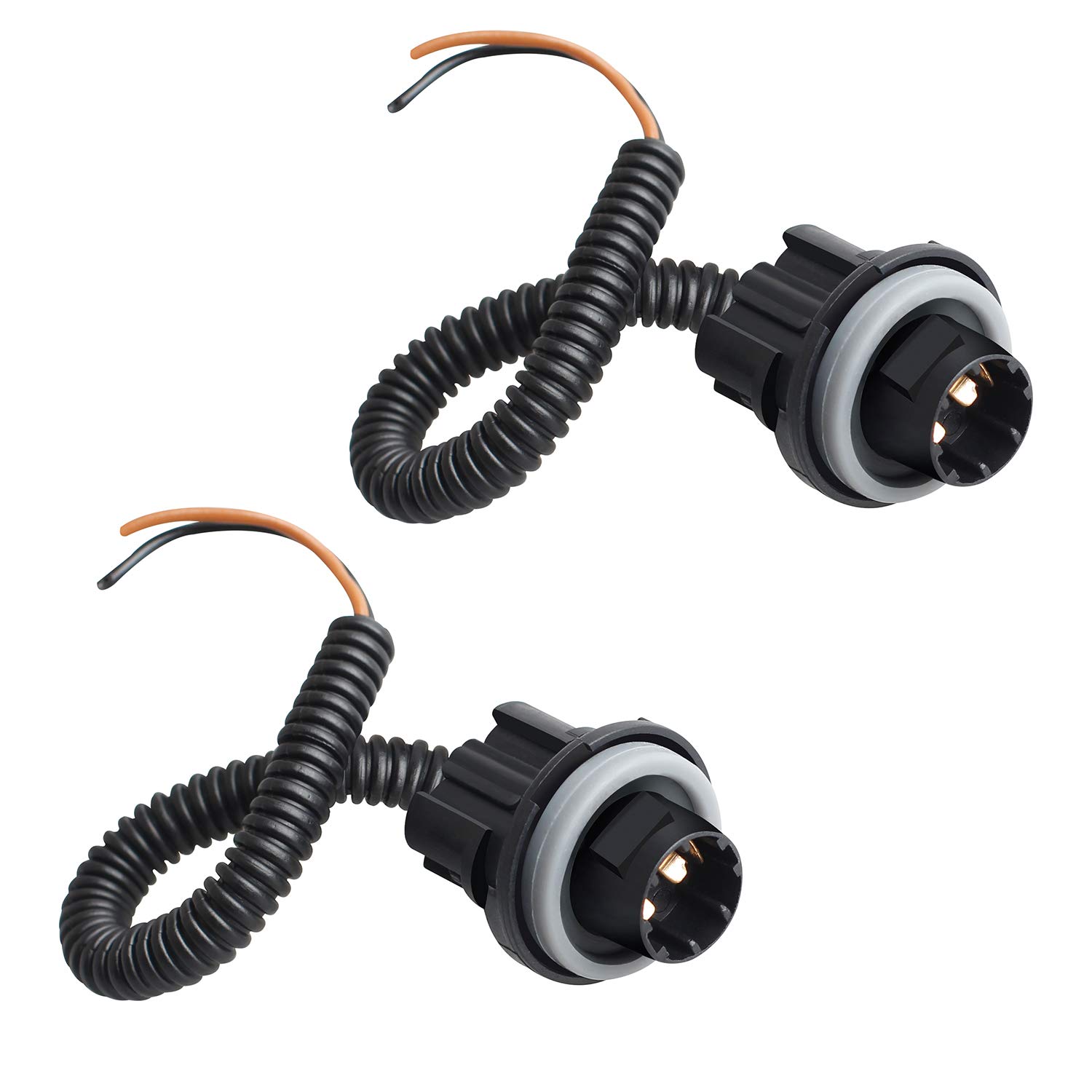

0 thoughts on “Smart Outdoor Camera: License Plate Recognition Security Feature”